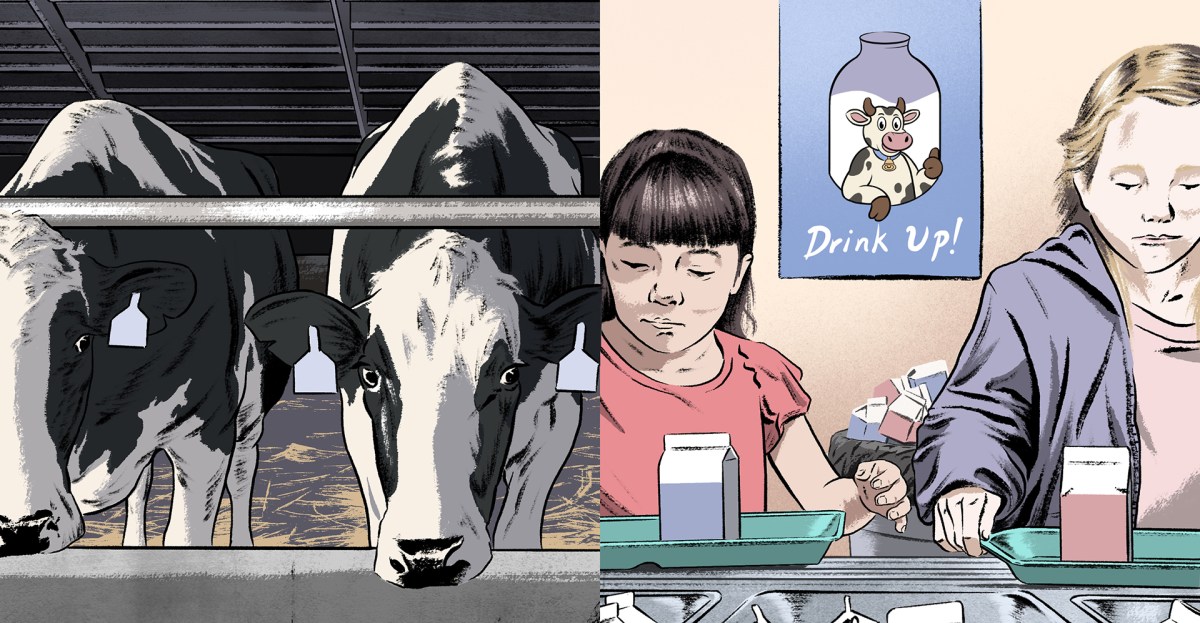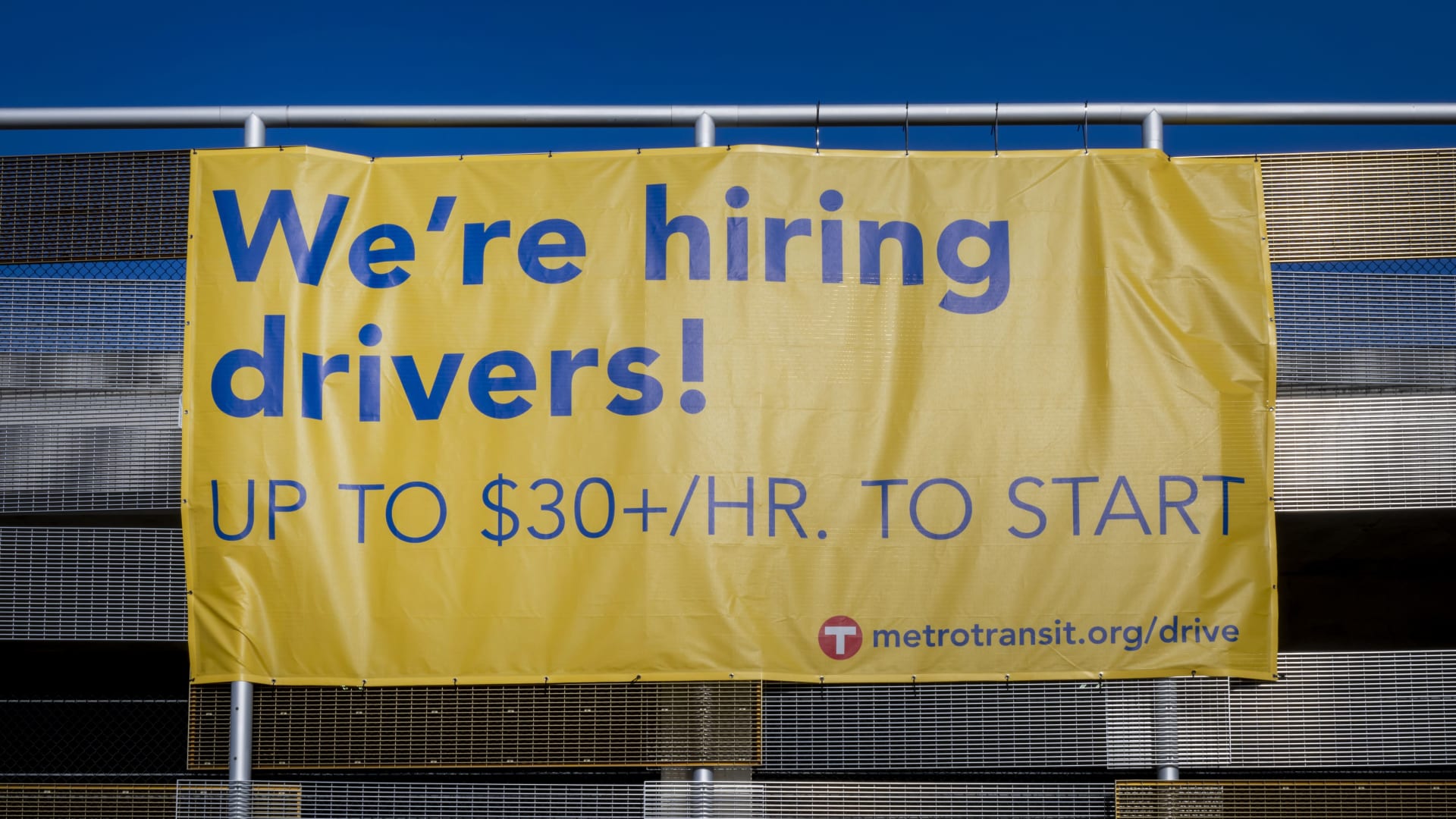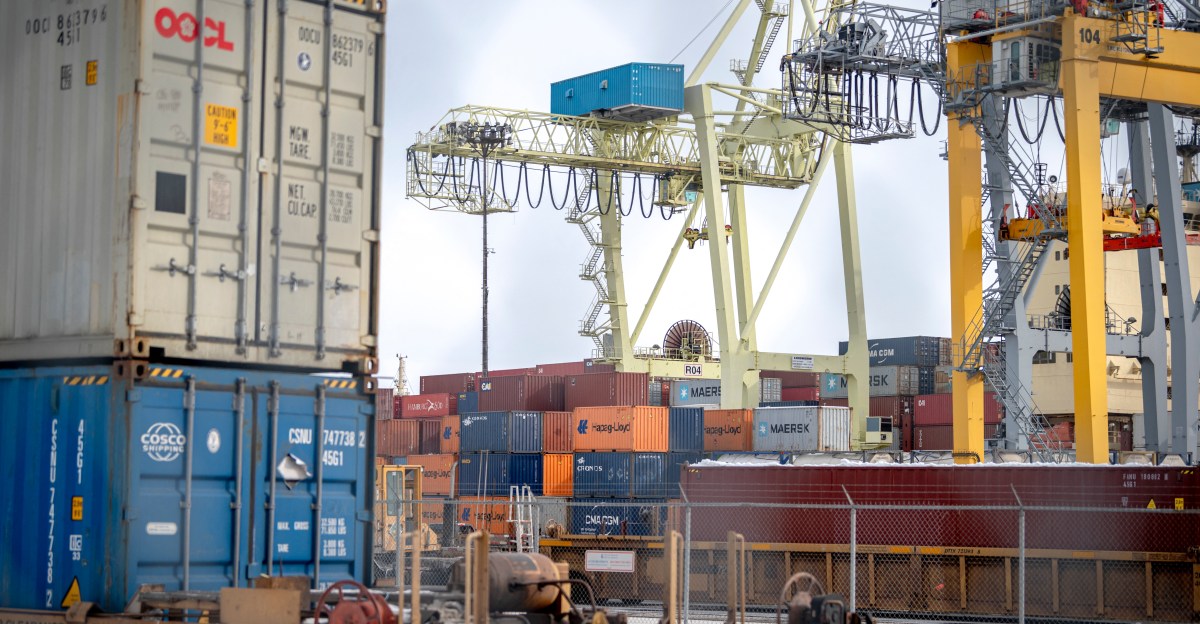The Unseen Backbone: How Factory Farming Shaped America’s Growth
Factory farming, often seen as a controversial subject, has played a crucial role in shaping America’s economic and social landscape. This intensive agricultural practice, characterized by the mass production of livestock and crops, has transformed the way food is produced, distributed, and consumed across the country. In this article, we will delve into the multifaceted influence of factory farming on America’s growth, exploring its impact on the economy, society, and agriculture, while also addressing the complex legacy that continues to shape our food systems today.
The Economic Engine of Factory Farming
Factory farming has emerged as a significant economic driver in the United States, transforming agriculture into a highly efficient and profitable industry. This transformation began in the mid-20th century, coinciding with technological advancements and a growing population that demanded more food. The rise of factory farming has led to the following economic impacts:
- Increased Productivity: Factory farms utilize technology and intensive farming techniques to produce large quantities of meat, dairy, and produce at a lower cost. This has resulted in an exponential increase in food production, meeting the demands of a growing population.
- Job Creation: The factory farming industry has created millions of jobs across various sectors, from agricultural labor to transportation and distribution. This growth has contributed to rural economies, providing livelihoods for many families.
- Global Trade: As a major exporter of agricultural products, the United States has benefited economically from factory farming. The ability to produce food at scale has allowed American products to dominate international markets, enhancing the country’s trade balance.
However, it’s essential to recognize that this economic growth comes with challenges, such as market consolidation and the marginalization of small family farms, which struggle to compete with large-scale operations.
Societal Shifts Driven by Factory Farming
The societal implications of factory farming are profound. It has influenced not only the way food is produced but also how it is consumed and perceived. Key societal shifts include:
- Changes in Diet: Factory farming has made meat, dairy, and processed foods more accessible and affordable. This shift has altered American diets, leading to an increase in meat consumption and a decline in traditional agricultural practices.
- Urbanization and Migration: As factory farms expand, many rural residents have migrated to urban areas in search of opportunities. This trend has led to demographic shifts and changes in community structures across the nation.
- Consumer Awareness: The rise of factory farming has sparked discussions about food quality, animal welfare, and environmental sustainability. Consumers are increasingly concerned about how their food is produced, leading to the growth of organic and local food movements.
Through these societal changes, factory farming has redefined the American food landscape, creating both opportunities and challenges for consumers and producers alike.
The Agricultural Transformation
Factory farming has revolutionized agriculture, shifting it from traditional practices to a model that emphasizes efficiency and productivity. This transformation is evident in several ways:
- Technological Innovations: The use of advanced technologies, such as GPS, automation, and biotechnology, has streamlined farming processes. These innovations have allowed farmers to maximize yields while minimizing labor costs.
- Monoculture Practices: Factory farming often relies on monoculture, where a single crop is grown extensively. This approach can lead to increased efficiency but raises concerns about biodiversity and soil health.
- Resource Management: Factory farms typically use significant amounts of water, feed, and energy. Efficient resource management practices have been developed to cope with these demands, although they can lead to environmental challenges, such as water depletion and pollution.
The agricultural landscape in America has thus been profoundly altered, with factory farming standing at the forefront of this evolution.
The Environmental Impact
While factory farming has contributed significantly to the economy and food production, it has also raised important environmental concerns. The following issues are particularly notable:
- Pollution: Large-scale animal feeding operations often produce significant amounts of waste, which can contaminate local waterways and contribute to pollution. This has raised alarms about the health of ecosystems and communities living nearby.
- Resource Depletion: Intensive farming practices can lead to the overuse of natural resources, particularly water and soil. This depletion poses risks to sustainability and food security in the long term.
- Climate Change: The livestock sector is a major contributor to greenhouse gas emissions. As factory farming continues to expand, addressing its carbon footprint is crucial for combating climate change.
These environmental challenges underscore the need for a balanced approach to food production that considers both economic viability and ecological sustainability.
The Future of Factory Farming in America
As we look to the future, the legacy of factory farming presents both opportunities and challenges. The following trends are likely to shape the next phase of this industry:
- Regenerative Agriculture: A growing movement towards regenerative farming practices aims to restore soil health, enhance biodiversity, and reduce environmental impact. This approach seeks to reconcile the efficiency of factory farming with ecological sustainability.
- Alternative Proteins: The rise of plant-based diets and lab-grown meat presents a potential shift in consumer preferences. As awareness about health and environmental issues grows, factory farming may need to adapt to changing demands.
- Policy and Regulation: Increased scrutiny from consumers and advocacy groups may lead to stricter regulations on factory farming practices, focusing on animal welfare, environmental protection, and food safety.
The future of factory farming may be characterized by a blend of tradition and innovation, seeking to balance productivity with responsibility.
Conclusion: The Complex Legacy of Factory Farming
In conclusion, factory farming has undeniably shaped America’s growth, influencing its economy, society, and agricultural practices. While it has provided significant benefits, including increased food production and economic opportunities, it has also left a complex legacy marked by environmental challenges and shifts in consumer behavior. As we navigate the future of our food systems, understanding the intricate dynamics of factory farming will be essential for fostering a sustainable and equitable agricultural landscape. By addressing its challenges and embracing innovation, we can work towards a food system that honors both productivity and sustainability, ensuring that factory farming remains a vital part of America’s agricultural heritage while paving the way for a healthier future.
See more CCTV News Daily



